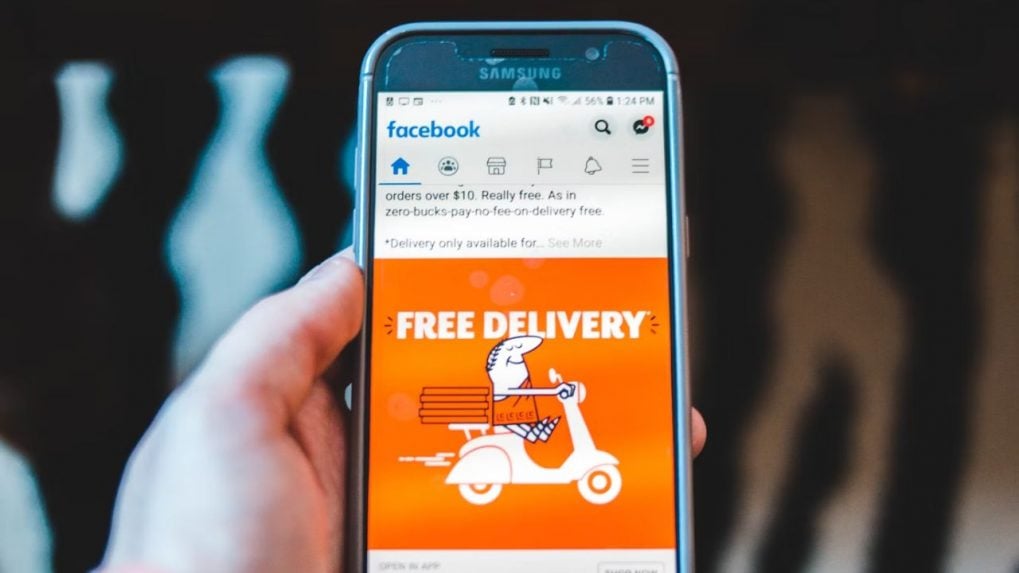Q-Commerce DSPs to dent big tech's ad revenue in India
Q-commerce apps like Swiggy Instamart and Zepto are already moving toward building their own Demand-Side Platforms (DSPs). Q-comm ad revenues are expected to surge.
ADVERTISEMENT
The rise of Quick Commerce (Q-commerce) platforms in India has opened up new opportunities for monetization, including entry into the AdTech space. Experts suggest that Q-commerce apps like Swiggy and Zepto are already moving toward building their own Demand-Side Platforms (DSPs). Q-commerce ad revenues are expected to grow threefold year over year.
According to experts, the advertising revenue generated by Q-commerce platforms is currently estimated at approximately ₹3,000 crore and is projected to exceed ₹5,000 crore by the end of 2025. In contrast, leading e-commerce platforms like Amazon and Flipkart collectively reported advertising revenue of over ₹11,500 crore in the fiscal year 2023–24.
Experts indicate that brands, particularly in the FMCG, D2C, and beverage categories—where impulse purchases are key—will see Q-commerce triple its share of ad expenditures in the next two to three years. Blinkit alone is projected to reach ₹1,000 crore in FY25, compared to ₹400 crore last year.
When asked whether Q-commerce platforms are moving toward building their own DSPs and advanced advertising platforms, Prrincey Roy, Co-Founder and CEO of Huella Services, said, “Platforms like Swiggy and Zepto are already heading in that direction. It makes perfect sense for these players to enter the AdTech space. Why rely on third parties when they can leverage their own data and directly monetize through ads? We will see more Q-commerce players adopting this strategy soon.”
Discussing the impact of Q-commerce platforms building their DSPs, Meher Patel, Founder of Hector AI, stated, “The rise of Q-commerce platforms with their own DSPs is likely to affect traditional advertising channels. Brands may shift portions of their ad budgets from traditional media (such as television, print, and radio) and even from other digital platforms.”
Currently, brands allocate approximately 20% of their total revenue to Q-commerce platforms, with some D2C brands dedicating 50–60% of their overall ad budgets to these platforms. FMCG giants like PepsiCo, Nestlé, and HUL, as well as D2C brands focused on impulse-driven purchases, beverage and snack companies like Bikano, and health, wellness, and cosmetics brands such as Sugar Cosmetics, Plum, and Mama Earth, are heavily investing in Q-commerce advertising.
Prashant Puri, CEO and Co-Founder of AdLift India, pointed out that Q-commerce advertising is no longer just an experimental budget allocation—it has become a core strategy for performance marketing teams. He explained, “Q-commerce platforms offer a more direct, high-intent audience—shoppers who are just seconds away from making a purchase. This means brands will likely shift budgets away from paid search and social ads, redirecting spending toward hyper-targeted, in-app sponsored listings and promotions on Blinkit, Zepto, and Instamart.”
As Q-commerce players enter the AdTech space, Puri noted, “The biggest losers will be Google, Meta, and Amazon’s ad businesses. Traditionally, brands have allocated the majority of their digital ad budgets to search (Google Ads), social (Meta & Instagram), and e-commerce retail media (Amazon & Flipkart). Beyond digital, TV and print ads will also take a hit, as more advertisers realize that performance-driven Q-commerce ads drive immediate conversions rather than just brand awareness.”
Highlighting the growing influence of quick commerce, Zepto, the Bengaluru-based startup co-founded by Aadit Palicha and Kaivalya Vohra, recently launched an ambitious in-house advertising platform, "Jarvis." In just three years, Zepto has evolved into a $5 billion business, and this initiative aims to reshape the advertising landscape for brands and sellers on the platform.
While e-commerce platforms like Amazon, Flipkart, and Nykaa remain India’s largest drivers of digital ad expenditures, experts note that the Return on Ad Spend (ROAS) for Q-commerce is nearly 50% higher than for e-commerce platforms, due to shorter buying cycles and the nature of products like FMCG and packaged goods. As ad tech evolves, ROAS has improved by 15–20% over the past year.
The lines between q-commerce and e-commerce ad revenues are blurring due to the evolving nature of both models and their increasing overlap. This convergence creates a dynamic advertising landscape where brands can leverage the strengths of both platforms to reach their target audience.

